Premium Only Content
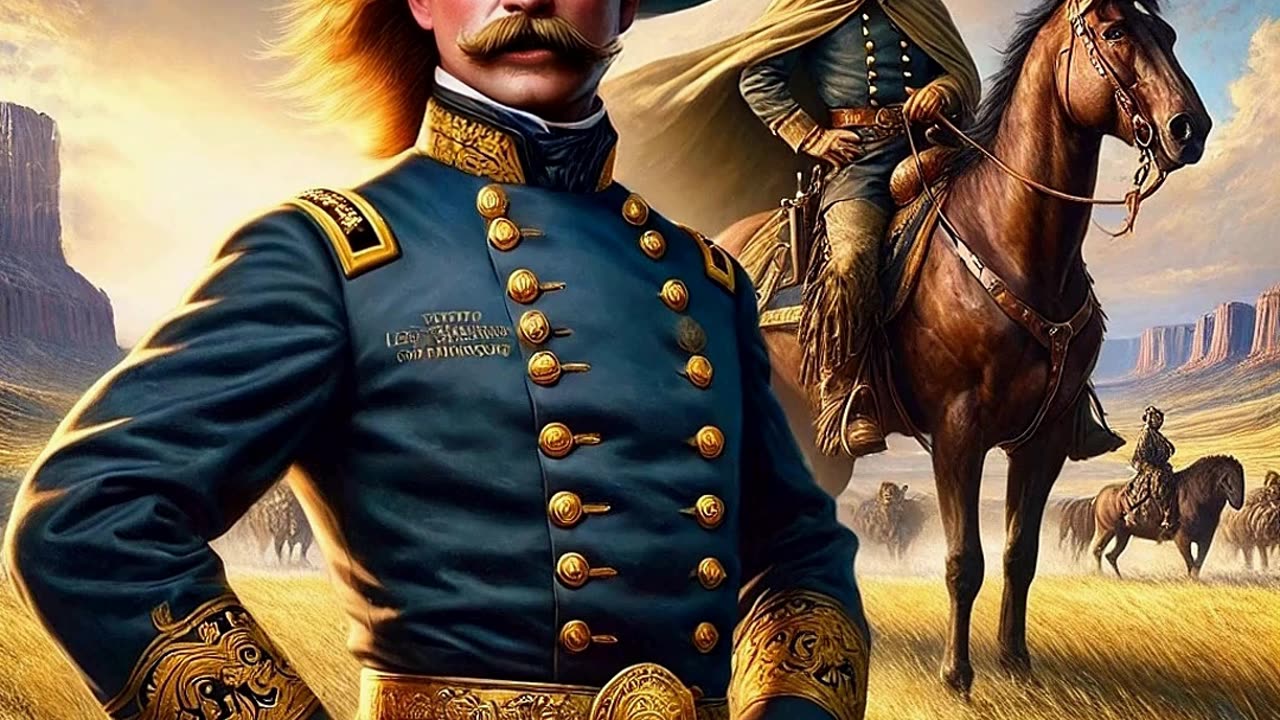
George Custer Tells His Story in the Civil War and Indian Wars2
Presented to you by: http://www.HistoricalConquest.com
Read more on our blog at: https://www.historicalconquest.com/blog
My name is George Armstrong Custer, and if you’ve heard my name before, it’s probably because of the Battle of the Little Bighorn. That moment in history made me famous—but there’s a lot more to my life than just one battle. Let me tell you my story.
I was born on December 5, 1839, in New Rumley, Ohio. I wasn’t from a wealthy family, but I was ambitious. I knew early on that I wanted to make something of myself, so when I got the chance to attend the U.S. Military Academy at West Point, I took it. Now, I wasn’t exactly the best student—actually, I graduated at the bottom of my class in 1861. But I had something that couldn’t be taught: confidence, boldness, and a willingness to take risks.
I got my first real chance to prove myself during the Civil War. The war had just started when I graduated, and I quickly earned a reputation as a fearless cavalry officer. I fought in major battles like Gettysburg, where my aggressive tactics helped turn the tide. By the age of 23, I was promoted to brigadier general—one of the youngest generals in the Union Army. Soldiers called me “The Boy General” because of my youth, and I wore a flashy uniform with long, flowing hair to match my larger-than-life reputation.
After the Civil War, I stayed in the military and was sent west to fight in the Indian Wars. The U.S. government was pushing westward, and Native American tribes were resisting the takeover of their lands. My job was to lead cavalry units against them, which was a different kind of war than the one I had fought before. It was tough, unpredictable, and full of challenges.
Now, let’s talk about the battle that made me famous—and sealed my fate. On June 25, 1876, I led the 7th Cavalry into what we thought was a small Native American encampment near the Little Bighorn River in Montana Territory. But we were wrong—very wrong. The Lakota Sioux, Cheyenne, and Arapaho warriors, led by Sitting Bull and Crazy Horse, outnumbered us greatly. I had split my forces, thinking we could surround them, but instead, my men and I were overwhelmed. In less than an hour, my entire unit was wiped out. None of us survived.
News of our defeat shocked the nation. Some called me a reckless leader, while others saw me as a brave warrior who fought to the end. The truth? Maybe it was a little of both. I was bold, confident, and always willing to take risks—but that final risk cost me my life.
Looking back, I know my story is complicated. Some remember me as a hero, others as a man who underestimated his enemy. But one thing is certain: I lived my life with courage and determination, never backing down from a challenge. If there’s one lesson you can take from my story, it’s that leadership requires both bravery and wisdom. Sometimes, charging ahead isn’t always the best move—you have to think before you act. Thanks for listening to my story.
Visit us at: https://www.historicalconquest.com/marketplace
#historicalconquest #history #historical #SecondIndependence #abolition #Freedom #Slavery #Liberty #Independence #Justice #Freedom #colonialera #colonialamerica #constitution #usconstitution #unitedstates #unitedstatesofamerica #texas #texashistory #texasindependenceday #texasrevolution #wildwest #Tombstone #Cowboys #CaliforniaHistory #California #IndianWars #Indian #NativeAmerican #Native
-
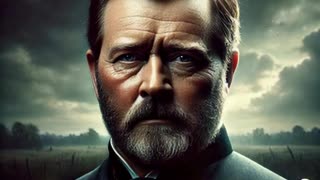 1:00
1:00
The Historical Conquest Channel
17 hours agoUlysses S Grant Tells of his Dislike for War and How it Began in the Mexican American and Civil War
8 -
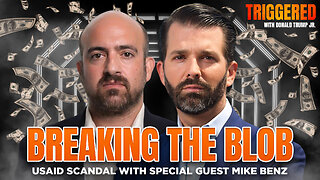 1:14:02
1:14:02
Donald Trump Jr.
13 hours agoThe USAID Truman Show, Interview with Mike Benz | Triggered Ep.214
153K217 -
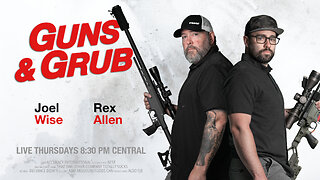 1:37:34
1:37:34
Precision Rifle Network
1 day agoS4E4 Guns & Grub - You Can't Handle The Truth!
25.9K -
 56:14
56:14
Flyover Conservatives
1 day agoSick, Tired, & Foggy? The TRUTH About What’s Living in Your Gut! - Dr. Jason Dean | FOC Show
94K6 -
 34:24
34:24
Kimberly Guilfoyle
14 hours agoFaith, Fairness, and a Better Future: Live w/ Joy Pullmann & Elizabeth Mitchell | Ep.194
171K32 -
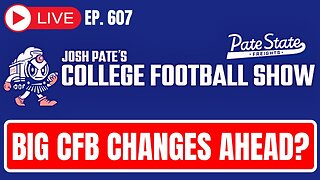 1:12:20
1:12:20
Josh Pate's College Football Show
12 hours ago $6.95 earnedBig CFB Changes Coming | DeBoer Fixing Alabama | Signing Day Reaction | OhioSt vs Michigan Shift
72.4K2 -
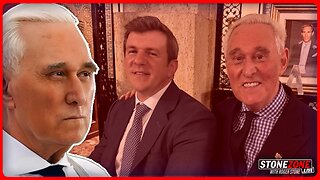 59:39
59:39
The StoneZONE with Roger Stone
8 hours agoEXCLUSIVE: James O'Keefe Talks to Roger Stone About Dropped Charges Against Him | The StoneZONE
59.3K4 -
 1:48:10
1:48:10
megimu32
8 hours agoON THE SUBJECT: Comedian LOSES It At Heckler!
37.4K9 -
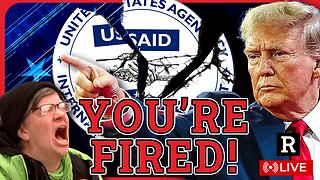 1:17:13
1:17:13
Redacted News
12 hours agoTRUMP IS BURNING IT ALL DOWN AND DEMOCRATS WANT HIM IMPEACHED AGAIN, USAID ROT GOES DEEP | Redacted
188K394 -
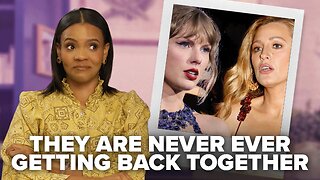 52:23
52:23
Candace Show Podcast
13 hours agoUPDATE! Taylor Swift Goes Full Dragon Against Blake Lively | Candace Ep 144
164K275